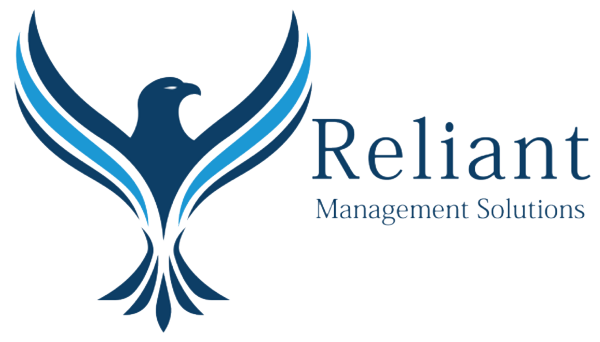As you navigate the challenges of managing debt, exploring various options is key to finding the most effective solution for your financial well-being. One avenue worth considering is a Home Equity Line of Credit (HELOC). In this blog post, we’ll delve into the potential benefits and drawbacks of using a HELOC to pay off your debts.
Section 1: Understanding HELOC
What is a HELOC?
A Home Equity Line of Credit (HELOC) is a type of revolving credit that uses the equity in your home as collateral. It allows you to borrow against the value of your home and access funds as needed, typically with a variable interest rate.
Section 2: The Pros of Using a HELOC
Lower Interest Rates:
One of the primary advantages of a HELOC is the potential for lower interest rates compared to credit cards or other unsecured debts. This can result in significant savings on interest payments over time.
Flexible Repayment:
HELOCs offer flexibility in repayment. You can choose to pay only the interest during the draw period, which is typically the first 5-10 years, and then gradually repay the principal during the repayment period.
Tax Deductibility:
In some cases, the interest paid on a HELOC may be tax-deductible, depending on the purpose of the loan and the tax laws in your jurisdiction. Consult with a tax professional to understand the potential tax benefits.
Section 3: The Cons of Using a HELOC
Risk to Home Equity:
Using your home as collateral means that failure to repay a HELOC could put your home at risk of foreclosure. It’s crucial to assess your ability to meet the repayment terms and the potential impact on your home ownership.
Variable Interest Rates:
While variable interest rates can initially be lower, they also pose the risk of fluctuating over time. This uncertainty makes it essential to carefully consider your ability to manage potential interest rate increases in the future.
Closing Costs and Fees:
HELOCs often come with closing costs and fees, which can add to the overall expense of using this financial tool. It’s important to factor in these costs when evaluating the feasibility of a HELOC.
Section 4: Considerations Before Using a HELOC
Assess Your Financial Situation:
Before opting for a HELOC, assess your current financial stability and future earning potential. Understanding your ability to repay the loan is crucial to avoid potential financial pitfalls.
Explore Alternatives:
Consider alternative debt consolidation options, such as personal loans, debt management plans, or negotiating with creditors. Compare the terms, interest rates, and potential risks associated with each option before making a decision.
Conclusion:
Using a HELOC to pay off debt can be a strategic financial move, but it comes with both advantages and risks. Before tapping into your home equity, carefully weigh the pros and cons, assess your financial situation, and explore alternative solutions. Consult with financial professionals to ensure that your decision aligns with your long-term financial goals and minimizes potential risks. Remember, informed decision-making is the key to unlocking financial freedom.






Recent Comments